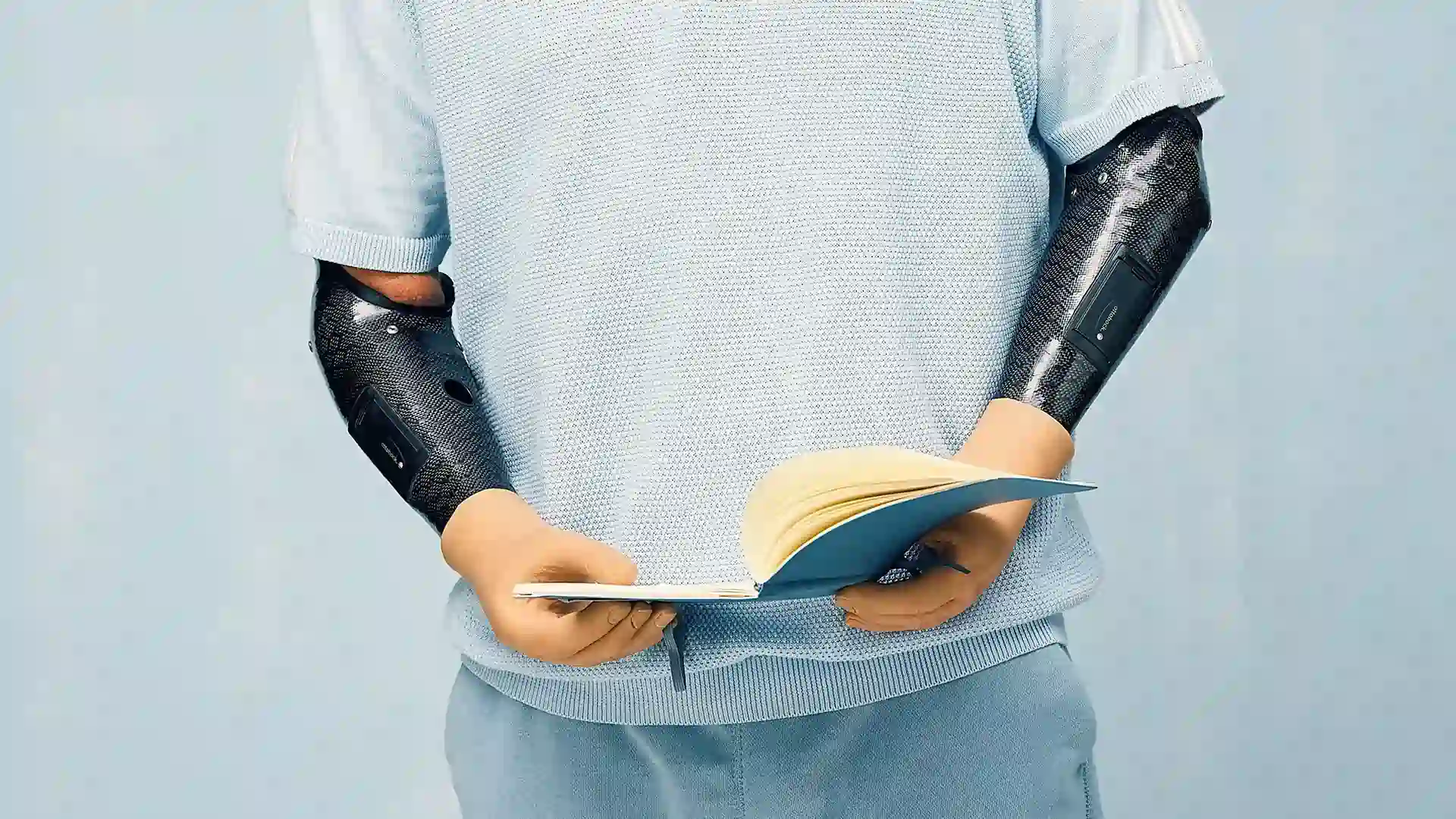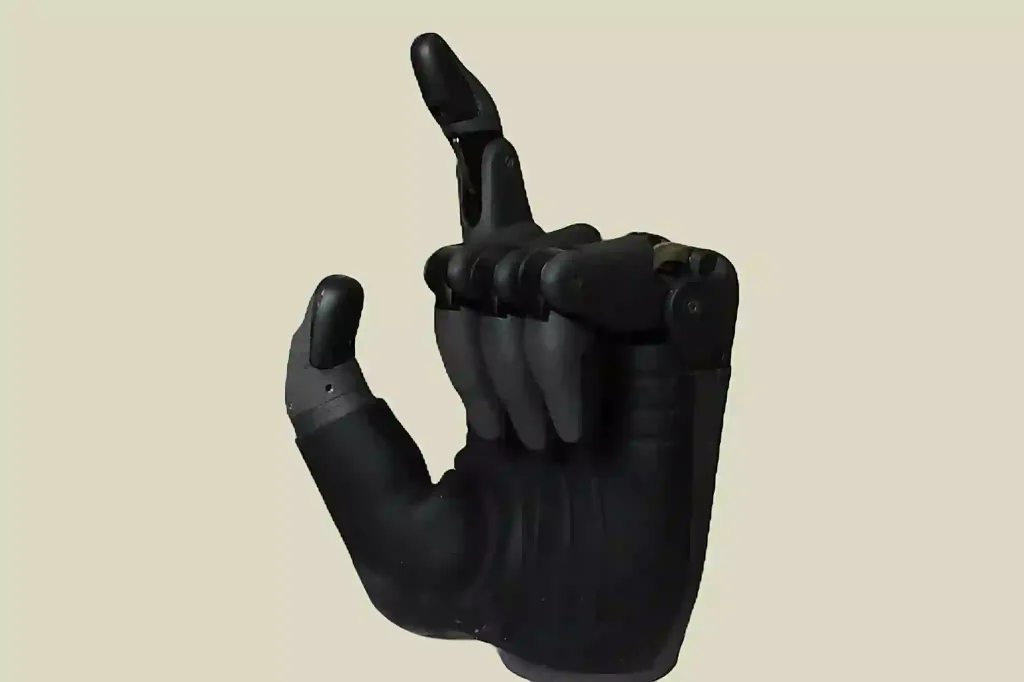
Regaining Independence with an Artificial Hand
Losing a hand is life-changing. It can feel overwhelming, especially when you’re unsure what comes next. But with the advancement in prosthetic technology, artificial hands are helping people regain independence, confidence, and control over their daily lives.
If you or someone you care for is exploring options after hand loss, due to injury, accident, or birth condition, this guide is for you. It walks you through everything you need to know about artificial hands, their types, costs in India, and how to choose the right one.
What is an Artificial Hand?
An artificial hand is a type of prosthetic hand designed to replace the function and appearance of a natural hand. It helps restore the ability to grip, hold, or stabilize objects, and in advanced versions, it can even mimic natural finger movements using sensors or muscle signals.
Artificial hands are custom-made for each individual depending on their level of amputation (partial hand, wrist disarticulation, or below elbow) and lifestyle needs.
Who Needs a Prosthetic Hand?
Artificial hands are designed for individuals who:
- Have lost a hand due to accidents or injury
- Were born without a hand
- Suffered from illnesses like cancer, infections, or diabetes that led to amputation
What are the Different Types of Artificial Hands?
1. Mechanical Hand
A mechanical hand involves actual mechanical movements. It is operated by hand or body-activated power, such as straps and cables, all fitted to interact with the user’s upper limb. These hands enable small movements, including picking up and grasping, to hold things.
Example: A hook-type prosthetic hand used for handling objects.
2. Bionic Hand/ Myoelectric Hand
A bionic hand/ myoelectric hand is a sophisticated upper-limb prosthetic device that employs electronic recursions to imitate a hand. It uses myoelectric sensors to pick up muscle signals from the remaining limb, allowing the user to exercise control such as grasping, pointing, or rotating. Some models also incorporate sensory feedback so that users can feel the textures of pressures on their bodies.
Example: The Bebionic hand has multiple grip patterns and fine motor control of the fingers.
3. Cosmetic Hand
A cosmetic hand is thus an upper limb prosthetic designed more with aesthetics than any physical performance capabilities. It is made from realistic materials resembling a real hand, skin colour, and texture. artificial hands for physically disabled people for psychological comfort and to boost self-esteem without sacrificing style.
Example: Models of lifelike silicone that mimic the skin of hands for use in cosmetics.
A mechanical hand, bionic, or cosmetic hand is chosen based on the patient’s requirements, movements, and budget. Engaging an expert helps ensure that the hand functions as intended and is satisfactory to the occupant.
How Does an Artificial Hand Work?
- Mechanical Control: The simplest models employ body movement or straps to manage hand actions, such as opening or closing.
- Myoelectric Control: Professional ones involve placing sensors on the stump to capture muscle signals. These signals are interpreted as movements, such as gripping, pointing out, or rotating the wrist.
- Bionic Technology: Some are fitted with artificial intelligence (AI) and sensors for precise movement and to provide feedback on the pressure applied to their surface or the texture of an object being held.
How to Choose the Right Artificial Hand
For physically disabled individuals or amputees, choosing the right prosthetic hand is crucial. Here are a few things to consider:
- Comfort and Fit: It should be custom-made based on your hand size and limb shape.
- Functionality Needs: Do you want it mainly for cosmetic reasons or active use?
- Budget: Some prosthetic hands are basic but affordable, while others offer more functionality at a higher price.
- Aftercare and Support: Reliable after-sales service ensures your hand stays functional long-term.
If you’re someone with high daily activity or job-related tasks, a mechanical or myoelectric hand may be better suited. For aesthetic reasons, cosmetic hands are preferred.
What are the Benefits of an Artificial Hand?

- Restores Functionality: An artificial hand for person with a disability is important because it helps a person carry out simple tasks such as grasping an object, typing, preparing food, etc.
- Improves Independence: A significant benefit is that users can accomplish activities independently without much help.
- Boosts Confidence: Gaining a look-a-like prosthetic hand gives the person confidence in social or career situations.
- Customisable Features: Modern prosthetic hands allow for multiple grip configurations, control over the wrist position, and touch parameters.
- Improved Locomotion and Hand Function: New designs offer accuracy and slow and apparent motions for sensitive operations.
Example: An artist can also paint detailed pieces of work with an upper limb prosthetic and good motor capability. - Psychological Well-Being: Recovery is possible for hand function, greatly enhancing people mental health and quality of life.
What are the Key Factors to Consider While Selecting a Prosthetic Hand
Prosthetic hands are as diverse, and the one you choose is based on your lifestyle, needs, and your pocket.
- Functionality: Determine if the prosthetic is needed for functional reasons or aesthetic purposes.
- Technology: Mechanical Hands: Affordable with, however, more limited functionalities compared to its paid counterparts.
- Bionic Hands: Other features, such as multi-grip patterns and sensory feedback, are relatively low for this.
- Comfort: It may comfort the wearer so that it can be worn for many durations without much discomfort. Having a custom-made experience is key to perfection.
The Importance of Choosing the Right Artificial Hand
The hand-arm prosthesis uplifts the quality of your life, helps you be independent, and builds your self-confidence. So, making the correct choice ensures:
- The capacity to do special activities as expected
- Long-term usage
- Value for your investment
Contact a prosthetist to consider options based on personal preference and customised to one’s lifestyle. Whether one decides to use a bionic hand for disabled users or a mechanical one, it is essential to synchronize the prosthetic’s movements with specific goals to ensure the best outcome.
How Much Does a Prosthetic Hand Cost in India?
The cost varies depending on the type and features:
| Type of Artificial Hand | Approximate Cost Range (INR) |
|---|---|
| Cosmetic/Passive Hand | ₹10,000 – ₹25,000 |
| Mechanical/Body-Powered Hand | ₹30,000 – ₹70,000 |
| Myoelectric Hand (Advanced) | ₹1.5 Lakh – ₹5 Lakh+ |
The artificial hand for handicapped price in India will vary depending on:
- Custom-built
- Based on material choice
- Designed for the individual’s needs and preferences
“Contact a prosthetist and discuss the prosthetic hand cost in India and existing prosthetic hand costs for financial support possibilities.“
How to Get an Artificial Hand in India
Here’s a quick step-by-step:
- Initial Consultation: Visit KARE Prosthetics for an assessment.
- Limb Measurement and Casting: A perfect fit ensures maximum comfort.
- Trial and Testing: Try the device and provide feedback.
- Training and Support: Learn how to use it effectively.
- Regular Follow-up: Ensure the prosthetic stays aligned and functional.
Final Thoughts
Artificial hands can change lives. From regaining independence to rebuilding self-confidence, the impact is profound. Whether you’re a patient or a caregiver, making an informed decision is key.
At KARE Prosthetics & Orthotics India, we’re here to walk this journey with you, offering personalized care, top-notch technology, and genuine compassion. KARE also helps with insurance guidance and documentation if needed.
“Watch our video to learn how the ZEUS myoelectric hand pattern works in daily life!”
“Speak with our specialist today! Discover the artificial hand for handicapped price in India and available financial support!”



